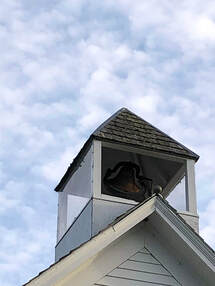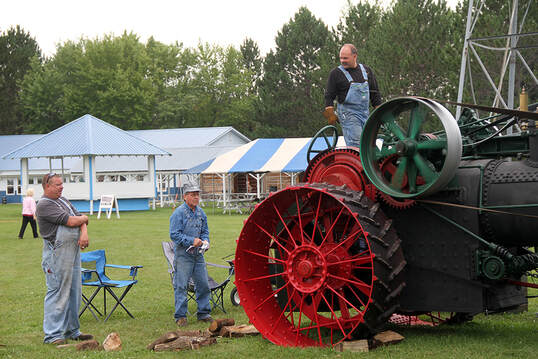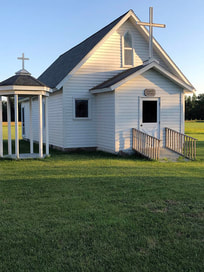History of Finn Creek Open Air Museum
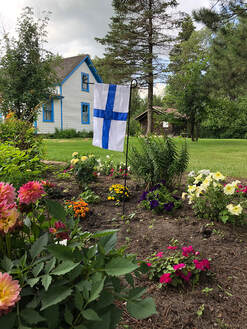
Finn Creek Open Air Museum was established in 1975, but has roots that go much deeper. Siffert Tapio and Wilhelmiina Worlin were introduced to each other in New York Mills, Minnesota and were married in April, 1894, after emmigrating from Finland to America. The land now known as Finn Creek Open Air Museum was their homestead. It was purchased in 1900 for approximately $3 per acre. Bluff Creek was the name of the stream running through the land. It did not become known as Finn Creek until 1920. The best guess as to the name is that the Finn’s settled along the creek, thus the name Finn Creek. The original home and sauna can still be seen when visiting the museum.
The home was constructed with help from the neighbors. The logs were carried to the site from cuttings in the nearby woods. They did not have horses or wagons to drag the logs to the building location. Ropes were used to hoist the logs into place. In 1914, siding was placed over the logs and in 1917-1918 an addition of a lean-to was completed.
The home was constructed with help from the neighbors. The logs were carried to the site from cuttings in the nearby woods. They did not have horses or wagons to drag the logs to the building location. Ropes were used to hoist the logs into place. In 1914, siding was placed over the logs and in 1917-1918 an addition of a lean-to was completed.
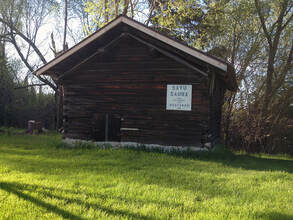
Rugs, made using a loom, carpeted the floors. Beds were made using straw to form a mattress. Pillows were stuffed with feathers. Kitchen utensils were carved out of wood. The land was cleared and crops sowed. Cows were added for milk production to bring to the creamery or churned into butter to be sold in town. It became a productive farm through hard work.
Siffert Tapio died in 1934. The 80 acre farm was sold to Wilbert Tumberg in 1947, who farmed the land. After the sale of the property, Wilhelmiina Tapio moved into town and lived with friends. The property was then sold to Arnold Tumberg in 1956. He also farmed the land. The Minnesota Finnish American Historical Society Chapter 13 purchased 9.7 acres from Arnold Tumberg in 1975. The site now sits on 40 acres.
Buildings have been restored and other structures placed on the property. The museum strives to create an appearance of the early 1900’s.
The work at Finn Creek Museum is all done by volunteers. Funds are raised to maintain, build, and improve the site. The Summer Folk Festival, held the last full weekend in August, brings in entertainment and lots of good food, including Finnish specialties. The purpose of the activity is to preserve the heritage left by our forefathers.
Siffert Tapio died in 1934. The 80 acre farm was sold to Wilbert Tumberg in 1947, who farmed the land. After the sale of the property, Wilhelmiina Tapio moved into town and lived with friends. The property was then sold to Arnold Tumberg in 1956. He also farmed the land. The Minnesota Finnish American Historical Society Chapter 13 purchased 9.7 acres from Arnold Tumberg in 1975. The site now sits on 40 acres.
Buildings have been restored and other structures placed on the property. The museum strives to create an appearance of the early 1900’s.
The work at Finn Creek Museum is all done by volunteers. Funds are raised to maintain, build, and improve the site. The Summer Folk Festival, held the last full weekend in August, brings in entertainment and lots of good food, including Finnish specialties. The purpose of the activity is to preserve the heritage left by our forefathers.

